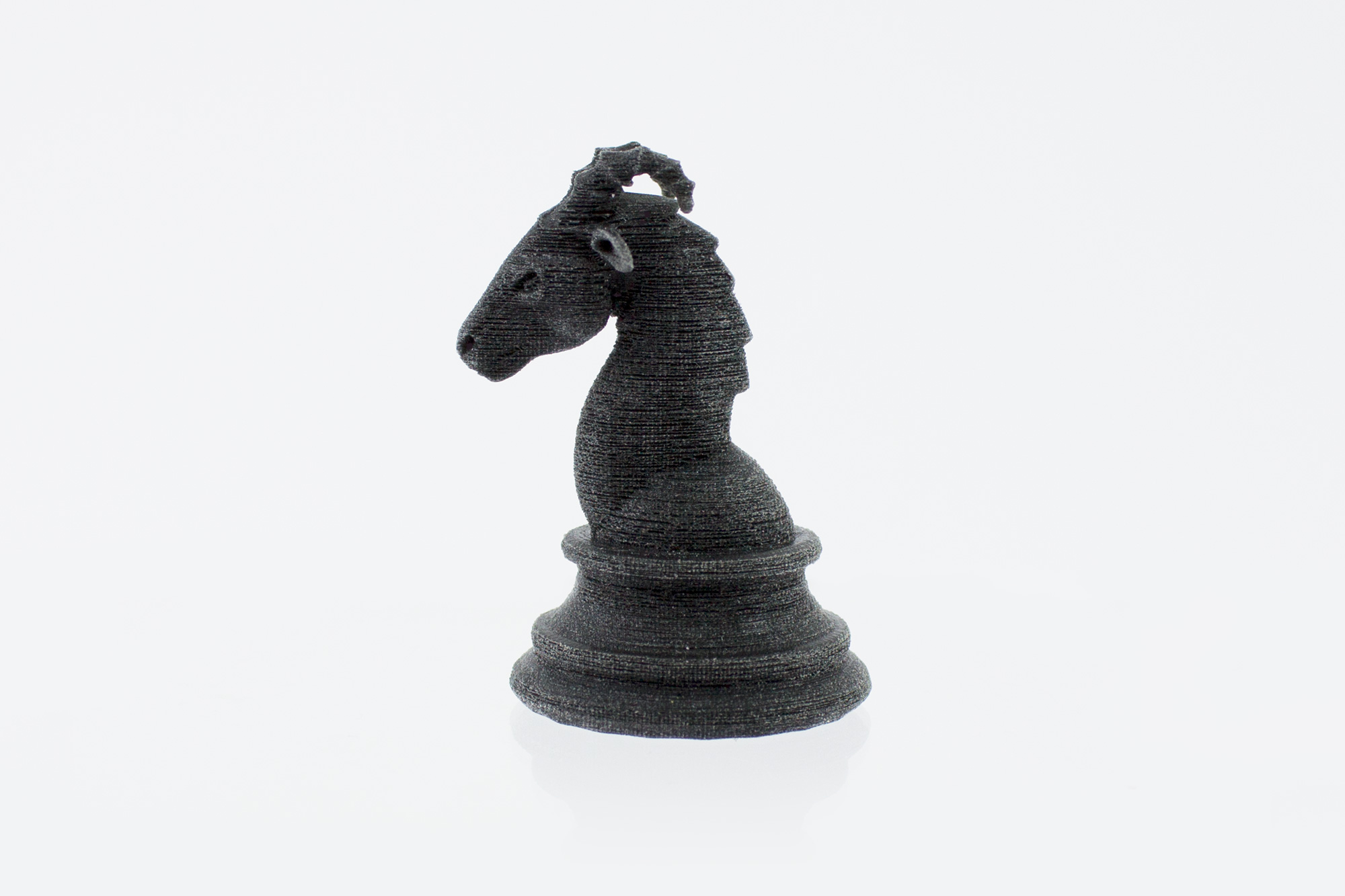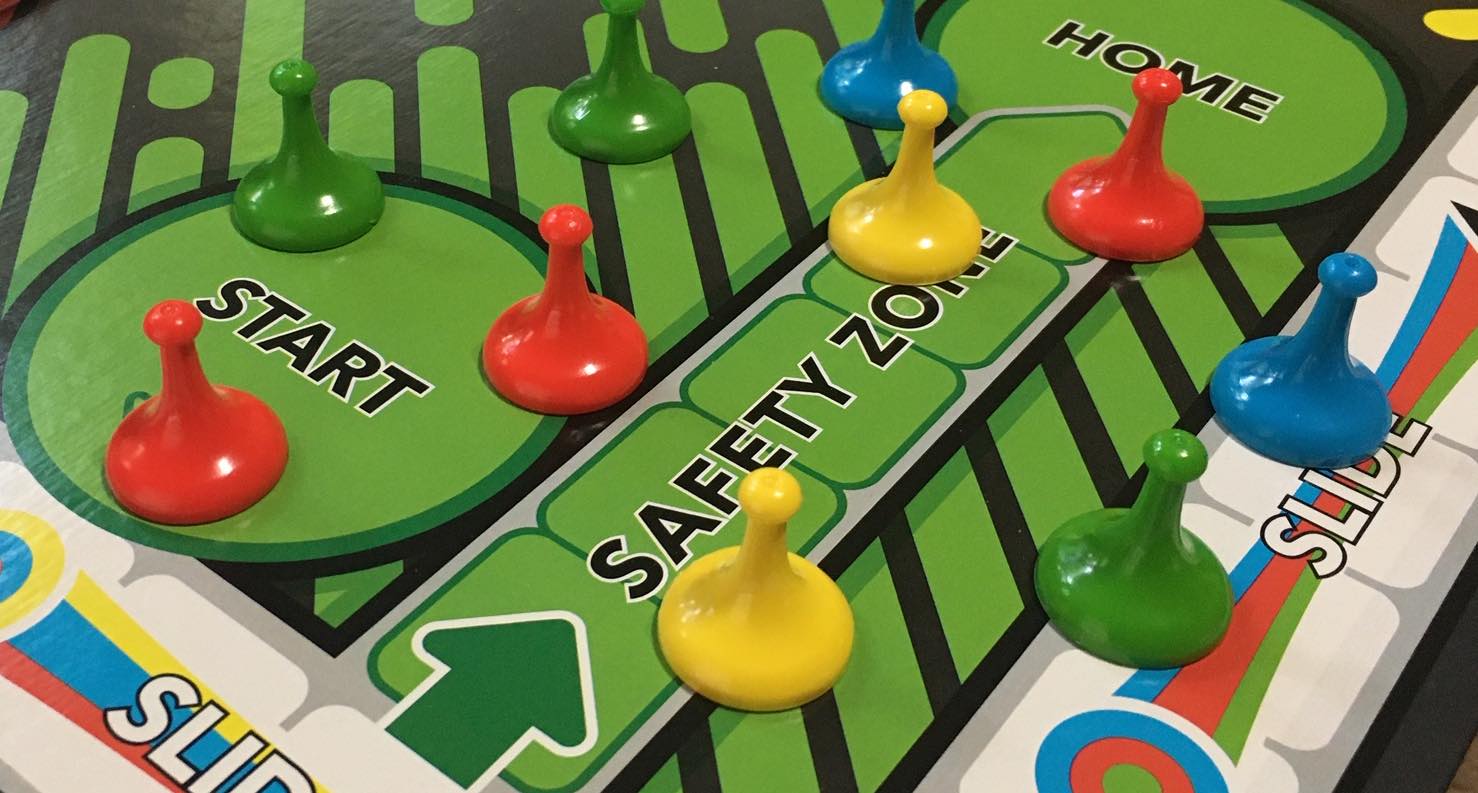Inherent to the 3D printing revolution are several amazing design
aesthetics that are ideal for prototyping toys in the game category.
Whether your game time involves traditional board games like Monopoly and Clue or you are an RPG (Role Playing Game) enthusiast engaged in dice-based fantasy like Dungeons and Dragons; the application of 3D printing can be a perfect fit.
Let me explain!
Perhaps you are a game designer looking to find ways of adding unique playing pieces to you game prototype. A quick review of existing board games provides a clear insight into how 3D printing can offer a great path to success.
The Aesthetics of Game Piece Design
No matter the board game, playing pieces have two key features that make them ideal for 3D printing:
1) Game tokens are never articulated
2) They are always a single bright color
Why is this? Functionally, these two design parameters have
been part of the manufactured gaming category for decades because both design
choices make the playing pieces simple to move around the board and visually
stand out to each of the players.
Whether one is looking at the “pawns” of Sorry or the silver object pieces of Monopoly, the essential play pattern of a board game requires players to easily identify all of the objects on the board (or “field”). And because board games require a higher cognitive level (compared to building blocks or action figures/dolls) the market is almost always an older child or adult, removing much of the risk of toy safety issues.
Not Just Classic Games, But Ancient Games!
Even going back to ancient games like Chess, the success and popularity of the board game was directly dependent on players being able to quickly recognize both their own pieces and their opponents. Likewise, visual identification within your own pieces is just as essential. Reviewing a Chess set, while the material for the pieces can vary from metal, porcelain, wood to plastic; the shape of the individual pieces are unique.
Like the colors of the two opposing “armies,” shape in game pieces like Chess help players (and spectators) to quickly identify each type of piece and likewise their unique abilities/moves. A queen’s silhouette looks nothing like a rook, and good luck mixing up a knight and a pawn visually!

An even more simplistic example that also supports the need
for uniform shape and color is Checkers – or even Chinese Checkers. Both games
consist of “armies” of a single color attempting to outwit the opponent’s
pieces and move across a game field. Unlike Chess, Checkers in all of its forms
has one unified shape for all of the pieces. Color is the single factor used to
identify your team versus your opponents.
In modern manufacturing and licensing, there have been a
fantastic amount of Chess and Checkers sets that break these basic visual
rules, and to be honest, doing so often leads to versions of games that are
surprisingly more difficult to play.
As an example, in licensed Chess sets where the traditional-shaped pieces are replaced by characters from a specific intellectual property (i.e. Star Wars, Super Heroes, Harry Potter, etc) adding colors and unique shapes to every piece may make them visually fun to look at for a fan, but at the same time it makes them exponentially more difficult to identify during play. While these sets are fun to collect and display, attempting to play out a game with multi-colored, multi-shaped pieces adds to the difficulty of playing the game itself.
Why Simplistic Design is Needed for Game Pieces
The goal of a board game is to win, and winning takes more than strategy, skills or luck; it also takes focus and concentration. Simplifying the game token shape and using uniform single colors is a proven tactic for successful game design. This is the reason that manufactured games for the last 80 years have embraced this aesthetic technique. Likewise it is the reason handmade game sets going back thousands of years have also utilized this concept.
The human eye is instinctively drawn to color and shape and those are two of the major advantages to 3D printing game pieces with Shapeways. 3D printing is maximized when a single color and single shape are generated. The board game category is literally dependent on this design choice.
And 3D prototyping is in no way limited to designing playing pieces. Take a quick look at almost any board game and you will note that almost every part of the game that is not “the board” (usually made of cardboard or mashed pulp) is also a simple shape molded in a single color.

From the hotels and houses of Monopoly, to the large white spinner of Life. The list goes on and on. Weapons in Clue, avatars in Dungeons and Dragons, question pie pieces in Trivial Pursuit. Even the dice used in board games are in single colors and basic shapes. The very nature of board games and the need to quickly identify all items on the field invariably call for the use of single colors and easily identifiable shapes.
Both of these design aesthetics are maximized with the power
of 3D printing. And because no two games use the same tokens, pieces, avatars
or spinners, there is a constant need for new design cues, visuals and shapes
in the game category. Every game created needs its signature icons. And the
very nature of playability requires these icons and pieces to be single colored
and simple in shape.
3D Printing’s Core Competencies are an Ideal Game Design Solution
The flexibility and customization of 3D printing has empowered designers using the technology to see their imagination take physical shape. In a product category like gaming, the ability to prototype unique single-color pieces and game tokens is not only an advantage, it is essentially required.
So, if you are a game designer looking to inspire and wow players or potential retailers, Shapeways’ 3D printing technology not only provides an easy-to-use prototyping solution for unique game pieces, but is one that embraces and maximizes the very design ascetics that have made board games popular and fun to play for thousands of years!
The post Game Design and 3D Printing – A Perfect Partnership appeared first on Shapeways Blog.

